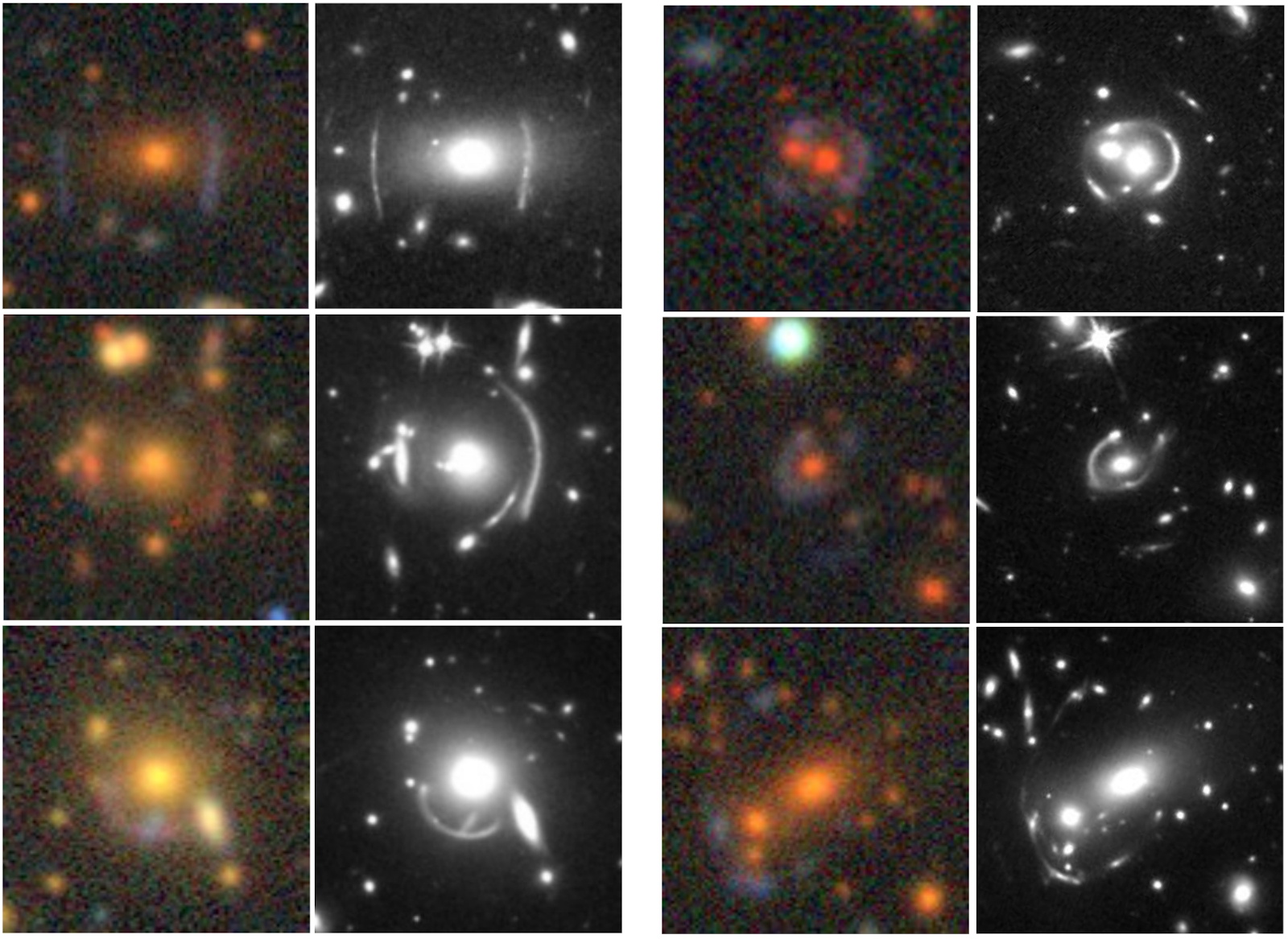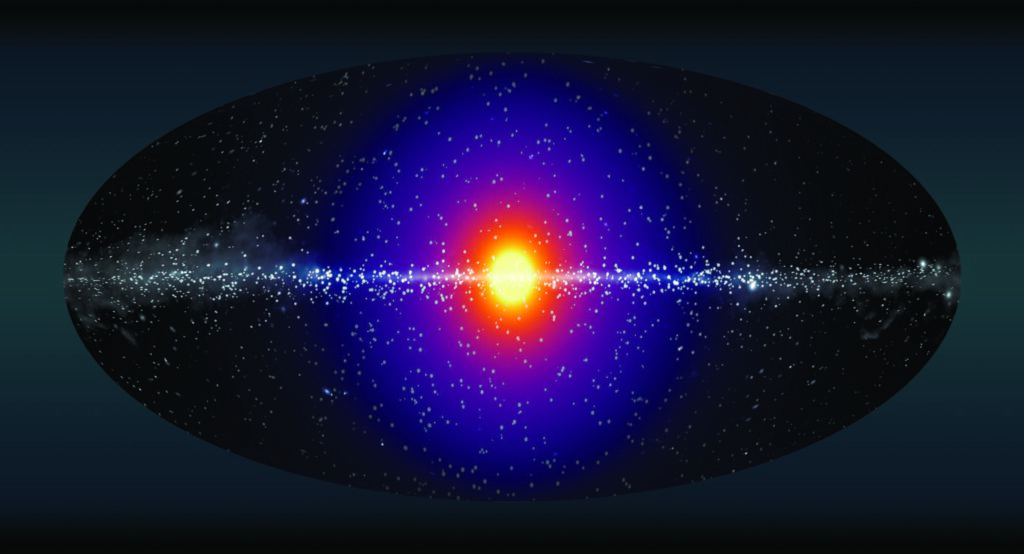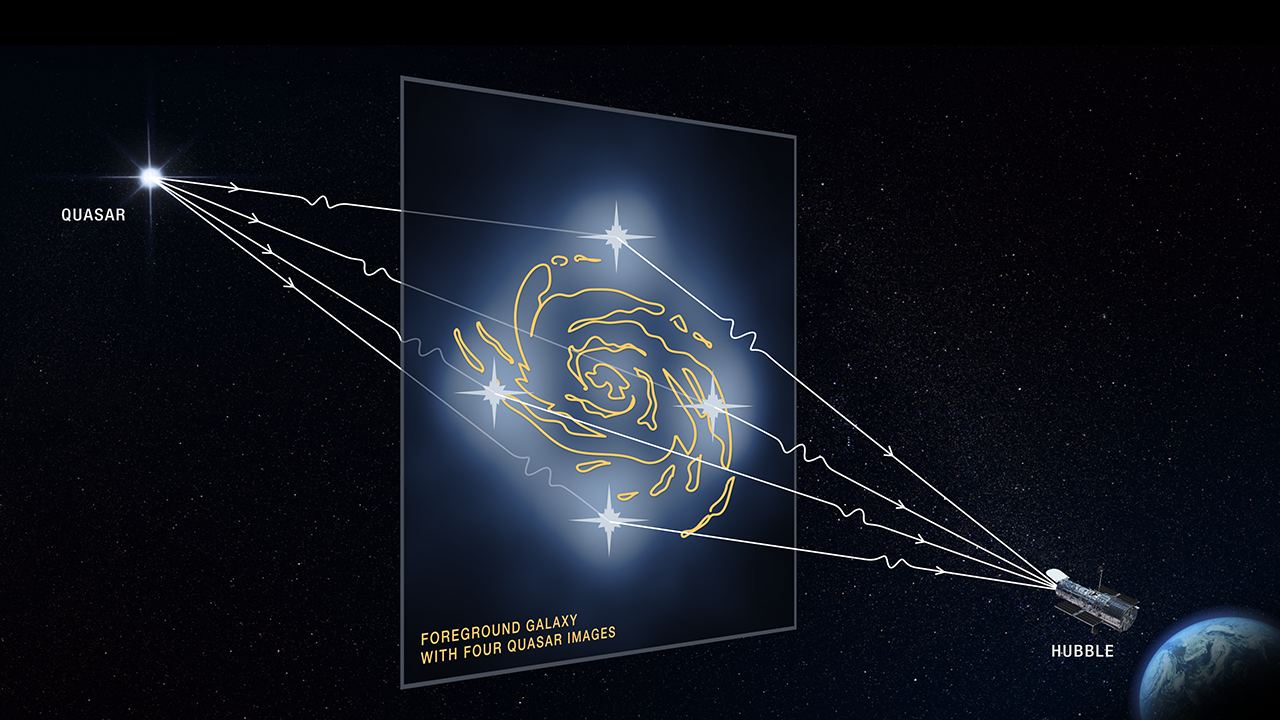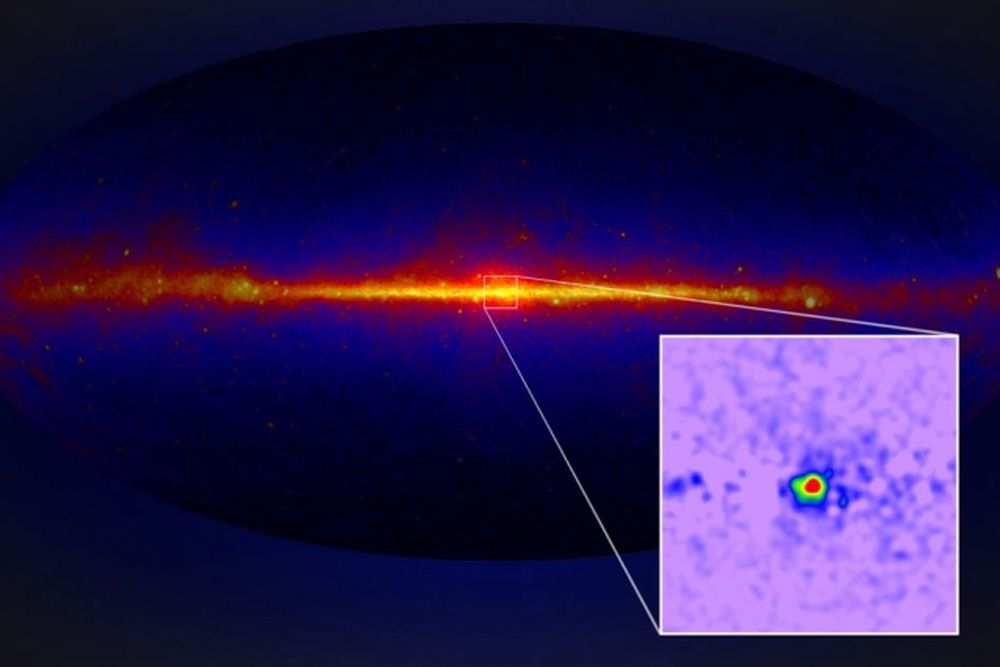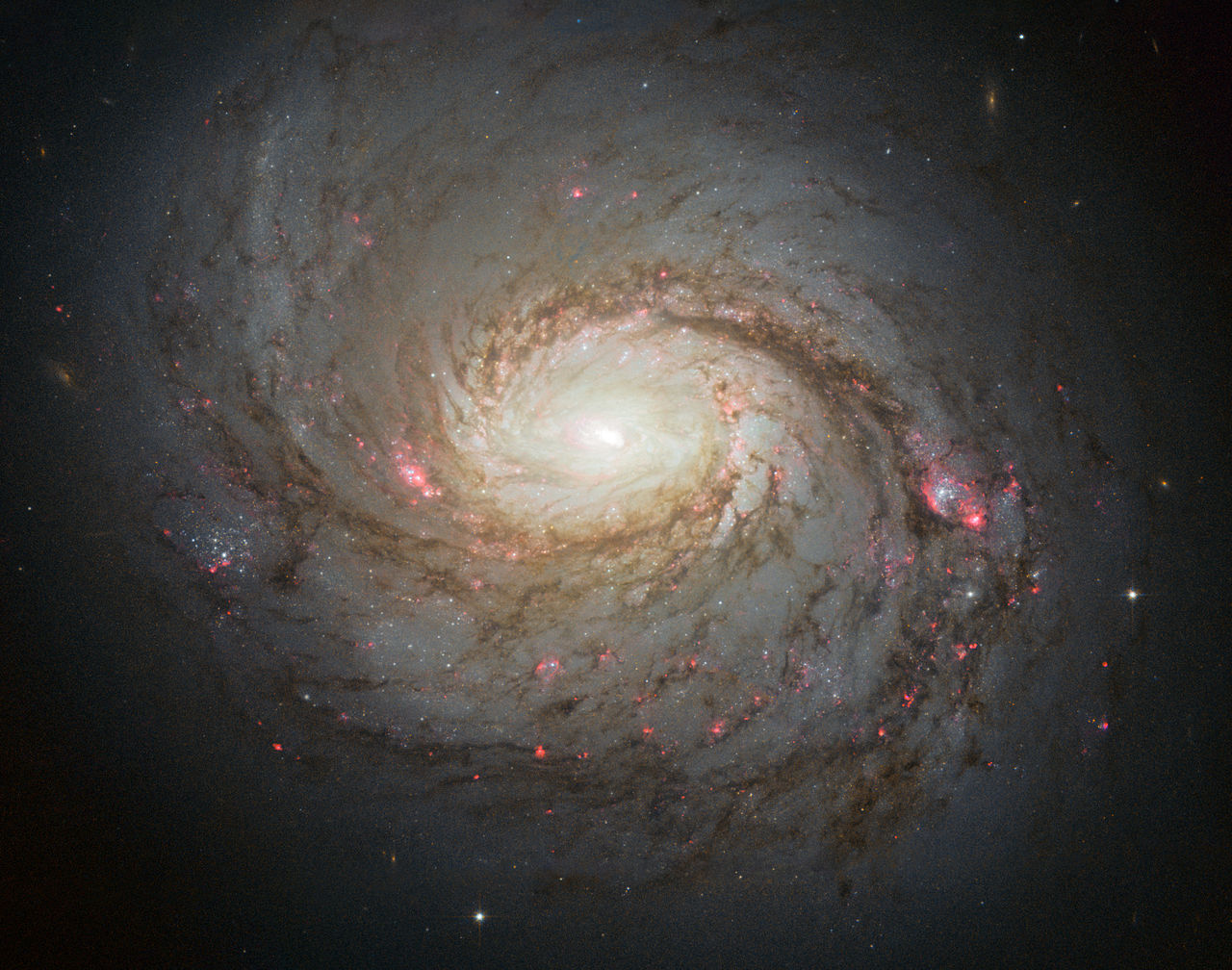General relativity tells us that everything, even light, is affected by the mass of an object. When a beam of light passes near a large mass, its path is deflected. This shift in the direction of light is known as gravitational lensing, and it was one of the first confirmed effects of Einstein’s theory.
Continue reading “Hundreds of New Gravitational Lenses Discovered to Help Study the Distant Universe”Hundreds of New Gravitational Lenses Discovered to Help Study the Distant Universe
